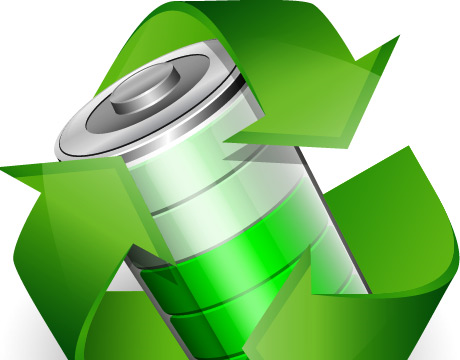
Image used with permission from Hydro Aluminium AS
Norway
Challenge
The use of lithium ion batteries has increased strongly over the last years and further growth is expected. This is mainly driven by the demand for electrical vehicles in the short term, and for stationary and marine applications in the longer term. The batteries contain valuable materials such as lithium, cobalt, nickel, copper, aluminium, graphite and special fluoride salts. When the batteries reach the end of their life, there is a great potential for recycling to recover these materials. This is exactly what the LIBRES project is about; an excellent example of the circular economy where recycling can contribute to a green transition in which clean energy materials play a key role.
Innovation
The commercial project partners Batteriretur, Hydro, Glencore Nikkelverk and Keliber OY have separate interests along the lithium battery recycling value chain. Together with R&D partners Elkem Technology, IME RWTH Aachen, MIMI Tech, Agder University and NTNU, the aim is to develop and commercialize a new lithium battery recycling process suitable for the anticipated volumes of the future and with a significantly higher material recovery rate than the present day state-of-the-art technology.
Potential
Norway is in a special position to develop and commercialize a next-generation recycling process for batteries since the country has the highest share of electric vehicles as a proportion of new car sales in the world. The country’s ambition is that all new cars sold in 2025 will be free from emissions. At some point all batteries sold will reach end of their life and the materials should be recycled as efficiently as possible. In addition, Norway has more than 100 years of leading competence from the metallurgical industry and an efficient battery collection scheme.